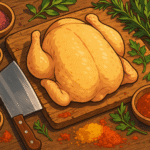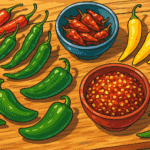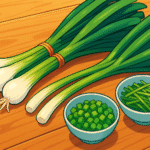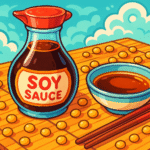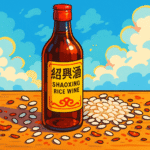Kung Pao Chicken
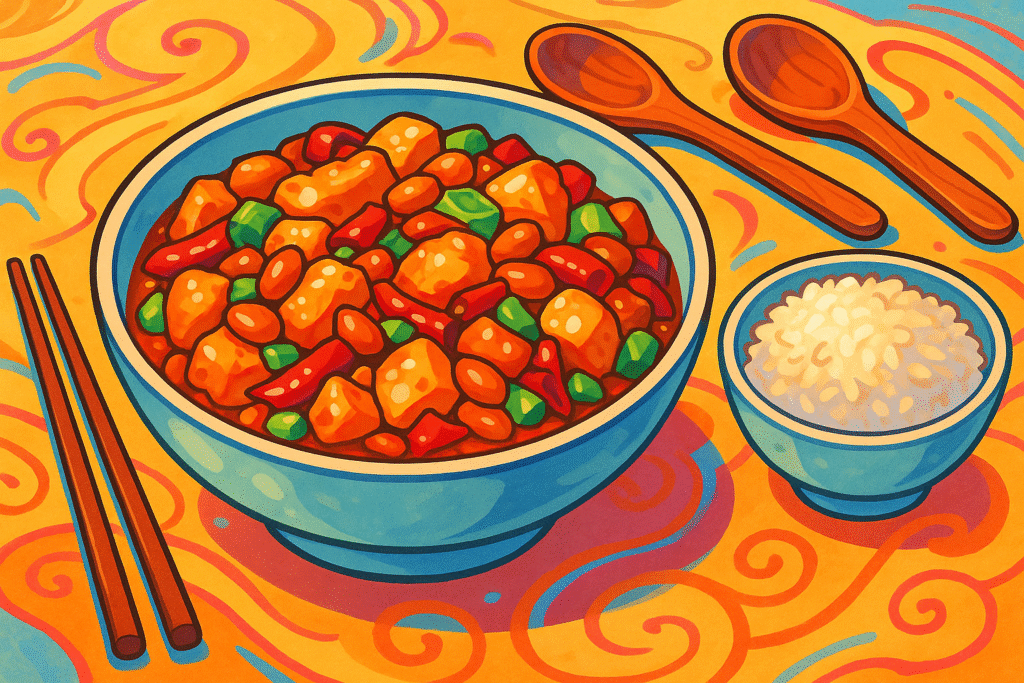
What is Kung Pao Chicken
Kung Pao Chicken (宫保鸡丁) is one of the definitive dishes of Sichuan cuisine, famous for its harmonious balance of flavors and bold, slightly numbing heat. Bite-sized pieces of marinated chicken are stir-fried with crunchy peanuts, cubes of vegetables, fiery dried chilies, and the distinctive tingle of Sichuan peppercorns. The result is a dish that’s simultaneously spicy, sweet, savory, and just a little bit sour—an excellent showcase of the Sichuanese love for complexity in taste.
What makes Kung Pao Chicken truly special is its choreography of sensations and textures: each bite brings together succulent poultry, the crispness of peanuts, bursts of chili heat, and that unmistakable numbing-spicy (麻辣, málà) quality that defines so much of southwestern Chinese cooking. Though it hails from Sichuan, Kung Pao Chicken has traveled far, finding fans in homes and restaurants from Beijing to Bangkok and well beyond. Its cross-cultural appeal lies in its versatility, speed of preparation, and a flavor profile that’s undeniably addictive.
Popular Ingredients in Kung Pao Chicken
Variants of Kung Pao Chicken
The classic Sichuan version features chicken stir-fried quickly over high heat with dried chilies, Sichuan peppercorns, and roasted peanuts—all brought together in a glossy sauce that’s salty, sweet, sour, and spicy. The chicken remains juicy, while the peanuts provide crunch, and the chilies and peppercorns orchestrate the spicy, numbing dance unique to Sichuan.
Regional Variants:
Guizhou Kung Pao can be made even spicier with the addition of pickled chilies and sometimes features a tangier profile, reflecting the region’s love for sour flavors.
Westernized Kung Pao Chicken in parts of East Asia, Europe, and Australia, is often toned down—less numbing, with fewer chilies and a sweeter, more viscous sauce. Bell peppers, carrots, and water chestnuts sometimes sneak in, adding extra crunch and color but shifting the focus away from the traditional balance of spice and tingle.
Other Variants
At festivals or in haute cuisine settings, cashews might replace peanuts, or the dish might be made with seafood or tofu for special occasions, broadening its appeal to different palates and dietary preferences.
All your questions about Kung Pao Chicken: answered
What makes Kung Pao Chicken spicy and numbing?
Kung Pao Chicken gets its signature kick from dried red chilies and Sichuan peppercorns. While the chilies provide direct heat, the peppercorns create a tingling, numbing sensation on the tongue, which is a hallmark of Sichuan cuisine.
Is Kung Pao Chicken always made with peanuts?
Peanuts are a traditional and integral element, supplying important crunch and flavor. However, in some modern or allergy-friendly versions, peanuts are swapped out for cashews or omitted entirely.
Can Kung Pao Chicken be made vegetarian?
Absolutely. The chicken can be substituted with firm tofu or seitan. The preparation and sauce remain the same, delivering an authentic flavor profile with plant-based protein.
How do I prevent the dish from being too spicy?
Control the quantity and type of dried chilies and peppercorns—the fewer you add, the milder the result. Removing seeds from chilies also diminishes the heat while retaining their aroma.
What’s the best way to serve Kung Pao Chicken?
Kung Pao Chicken is typically served hot over steamed rice, which perfectly balances the intense flavors and provides a gentle foil to the spicy, savory sauce. It’s just as good in a larger Sichuan meal as it is on its own.
